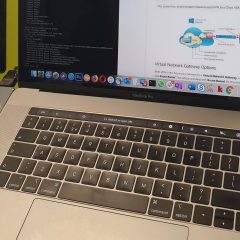VMware VIM (vCenter) Where to put the sysprep files in Server 2008?
KB ID 0000420 Problem For newer servers I don’t really use templates anymore, but if you are deploying a lot of 2003 Windows servers in vSphere, then they can save you some time. Back in the days of vCenter 2.5 you just uploaded those sysprep files to the relevant folder in, C:Documents and SettingsAll UsersApplication DataVmwareVmware Virtual Centersysprep But that location no longer exists (since Server 2008). Solution The...
Window Server Where is Sysprep
KB ID 0000419 Problem You have a 2008 R2 Server to sysprep, but your not sure where sysprep is. Solution 1. Thankfully in Server 2008 R2, there’s no messing about, its in c:windowssystem32sysprep. (Note: to regenerate a SID don’t forget to tick “Generalize”). Server 2008 – It’s in the same place. Server 2003 – As with Windows XP, you need to get it from the Windows install CD, its in the...
Installing Windows From USB
KB ID 0000191 Problem This weekend I needed to install Windows 7 on my shiny new Acer HTPC, but having no internal CD/DVD drive I needed to do this via USB. Quite a few times now I’ve needed to install Windows (Particularly Server 2008), on a machine that has no DVD Drive. You can now install both products from a bootable USB drive by doing either of the the following. Note: You will need a USB Drive with enough free space on it...
iPhone – Bluetooth Problem
KB ID 0000374 Problem I wrote an article yesterday about tethering via bluetooth, and had a few problems, sorry to say the web was not much help at all 🙁 Basically the iPhone was marked with a yellow warning triangle, and when clicking the troubleshooting option you see the following, Error: Bluetooth Peripheral Device doesn’t have a driver. 2. I read some forum posts and the general advice was to download iTunes, extract the...




